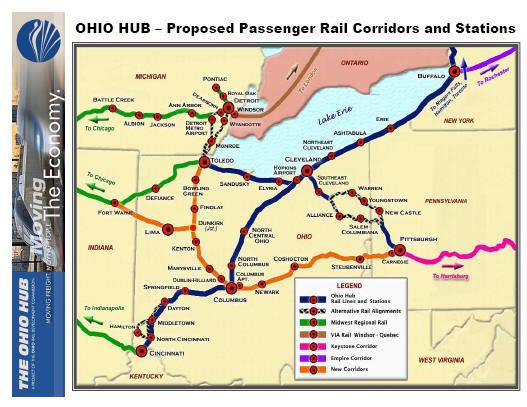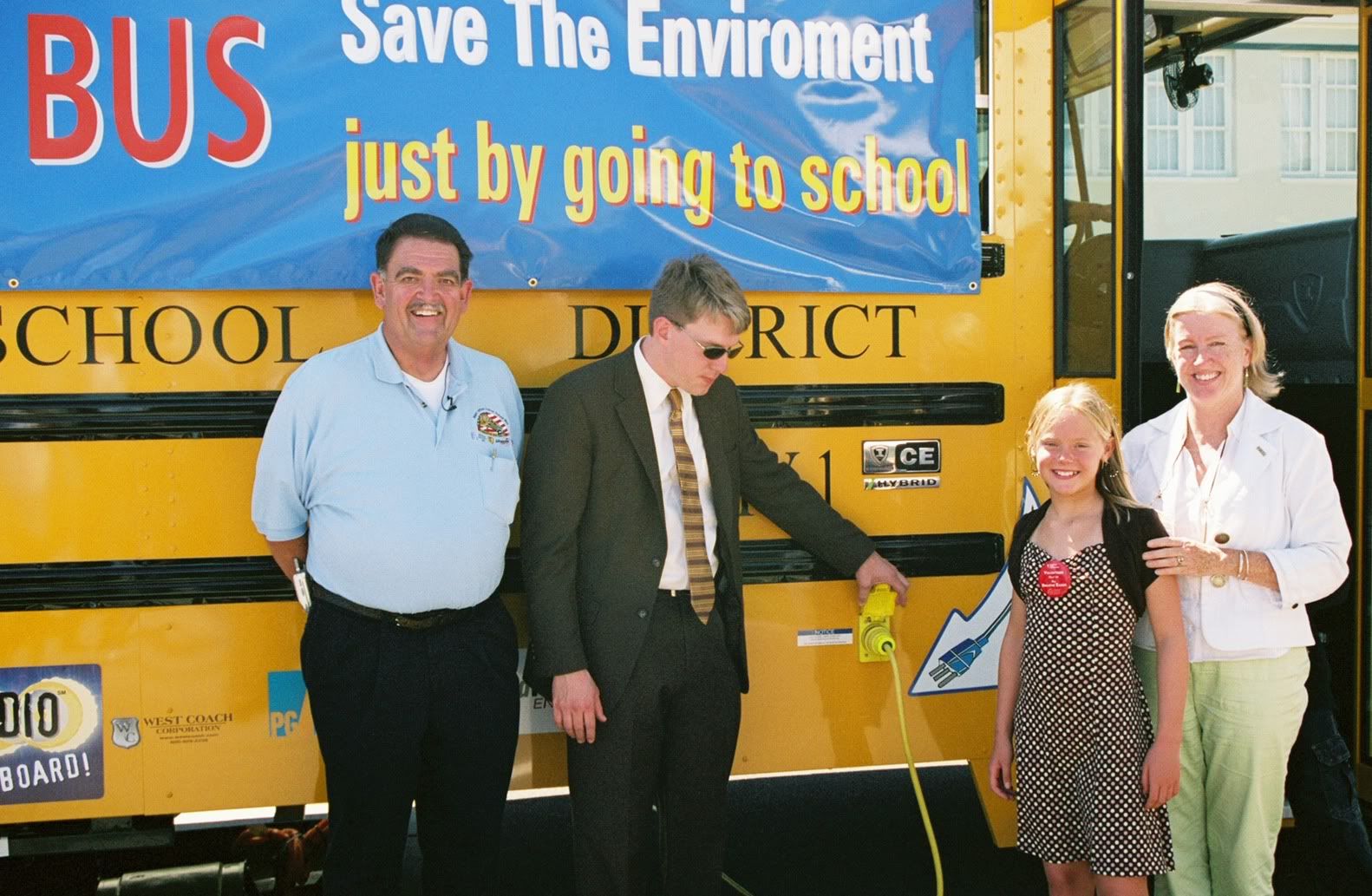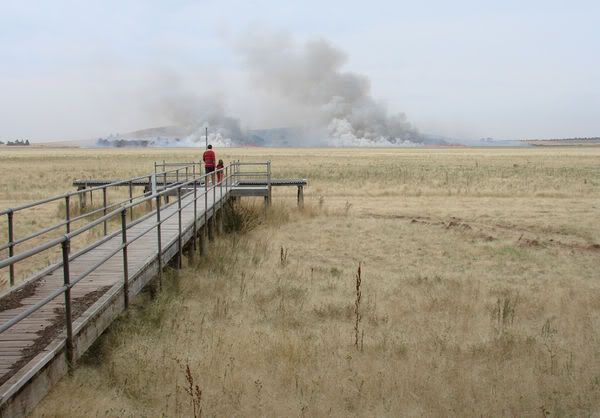(9AM EST – promoted by Nightprowlkitty)
Burning the Midnight Oil for Living Energy Independence
 In the firefly-dreaming edition of last week’s Burning the Midnight Oil for Progressive Populism diary, RiaD raised the issue:
In the firefly-dreaming edition of last week’s Burning the Midnight Oil for Progressive Populism diary, RiaD raised the issue:
only that i’m a rural dweller, we must have a vehicle as there is no mass transit here. but we do pay very close attention to our trips to town (10+ miles) & city(40+ miles) and do as much as possible each trip. i would guess we actually use less gas living rurally than most city/urban dwellers.
we’ve got to start thinking differently as a nation.
become more citizens of the planet than american consumers
imo anyway.
… which set me thinking about the difference between One-Size-Fits-All solutions like Auto-Uber-Alles and A-Fit-For-Each-Size solutions. One size fits all makes is seem as if “that does not do this” is a massive obstacle … when under A Fit for Each Size, it is a challenge to find the means of accomplishing that task.
Editions of Last Week’s Sunday Train
Richard Florida and the End of the Automobile Age:
The 10 cents imported crude oil tax is a Rural Transport Program
When then-State Senator, now President, Obama talked of “not Red States and Blue States but the United States”, what he was talking about was the urban/rural divide, since, after all, the most direct predictor of whether a state is a “red” or a “blue” state is the proportion of population in large cities.
Looking at urban transport and rural transport as rival interests fighting over a fixed pot of money is, of course, economically insane. As Jane Jacobs reminded us in the Economy of Cities and Cities and the Wealth of Nations, in a healthy economy, cities and their surrounding rural hinterlands have a complementary relationship, where each benefits from the other. A sustainable urban economy requires the material resources of a thriving, progressive agrarian economy, and a rural region requires manifold urban services in order to host a thriving progressive agrarian economy.
If the proposed 10 cent per gallon import crude oil tariff (Sunday Train: A Dime A Gallon Tariff on Imported Oil for Energy Independent Transport, 1 August 2010) was entirely or primarily an urban transport program, it would be a flawed design from the outset.
However, consider the proposed four funds, and how they support an effective progressive agrarian economy:
- The Steel Interstate
- High Speed Passenger Rail
- Electric Transport
- Active Transport
It seems that each of these will provide an essential piece in the sustainable transport puzzle for rural areas looking to cope with the turmoil that will accompany the slide down from the Peak of oil production.
The Steel Interstate and Rural Economies
 Some people fall into the mental trap of thinking of agroindustrial mass monoculture and regional autarchy as the two choices that confront us. However, while agroindustrial mass monoculture is not a long term viable option, that does not imply that its “mental opposite” is the sole option.
Some people fall into the mental trap of thinking of agroindustrial mass monoculture and regional autarchy as the two choices that confront us. However, while agroindustrial mass monoculture is not a long term viable option, that does not imply that its “mental opposite” is the sole option.
A healthy rural economy will produce a more diverse range of food crops and other renewable natural resources than the current factory-farm dominated system does. At the same time, rural economies will still benefit from relative specialization in crops and products, if it is possible to get surplus production in the specialty products to a broader market.
As we have presently organized our transport system, any serious oil price shock will hammer all regions that rely on a national market, whether that is a food crop, some other rural product, or a manufactured product (including those manufactured from local rural product).
However, long haul electric freight rail requires less than 10% of the energy per ton-mile that diesel road freight does, and runs directly on the electric power as generated by most means of harvesting sustainable, renewable power. With an adequate Steel Interstate network, if it is possible to get rural product to a regional market, it is possible to get rural product to a national market.
Of course, this is only a part of the transport puzzle, but its a critical part for maintaining a national US economy in the face of Peak Oil, rather than a collapse back into distinctive smaller regional economies.
High Speed Rail and Rural Economies
 This is a topic that I have discussed before at length (cf. Sunday Train: Revisiting What’s in SUPERTRAINS for Small Town and Rural America (28 March 2010, originally late April 2009).
This is a topic that I have discussed before at length (cf. Sunday Train: Revisiting What’s in SUPERTRAINS for Small Town and Rural America (28 March 2010, originally late April 2009).
Trains lose much less time on a stop than airplanes do. And while an Express HSR route might be built in order to serve transport markets between two big metro areas … you need two way track pretty much all the way to run them properly, and once you have it, adding services to serve smaller cities in between is very cost efficient.
That doesn’t mean a station in every little village and hamlet, but it does mean that there can be a station every thirty to fifty miles, which means the areas that the HSR passes through are likely to see far more frequent services at the closest HSR station than at the closest airfield.
So, compared to the current state of affairs, there are going to be more rural areas with more effective transport options in reasonable driving distance with “Express HSR” than with the two level system of short-hop flights and interstate buses.
Emerging HSR corridors allow for substantially more track miles per dollar, multiplying the number of rural counties that can experience a substantial upgrade in access to intercity transport from HSR.
And its not just areas that have the Regional or Express HSR access. Take, for example, North Dakota, which is a member of the consortium of states backing the Midwest Hub despite not having a planned Midwest Hub route into North Dakota:
That is, the transcontinental Amtrak system is quite important for many North Dakota towns and rural counties. And so the Midwest Hub will benefit North Dakota in two main ways:
- First, the Amtrak to Minneapolis will then connect to a Regional HSR corridor to Chicago, offering a substantially quicker train trip than what is currently available; and,
- Second, when the Amtrak is running through an area with a Regional HSR system, it will be able to use the improved track as well, avoiding the delays from freight trains that currently plague the transcontinental routes and can put them many hours behind schedule.
Maintaining access to intercity transport will be essential to rural economies struggling to cope with Peak Oil, for activities ranging from getting access to new technologies to mobilizing political support to ensure that rural economies are not left behind.
Electric Transport and Rural Economies
 The third fund in the set is the funding for Electric Transport. This is allocated to state based accounts, allowing the funding of electrification infrastructure and vehicles.
The third fund in the set is the funding for Electric Transport. This is allocated to state based accounts, allowing the funding of electrification infrastructure and vehicles.
This allows for:
- Electric stopping trains, where an appropriate rail corridor exists
- Pluggable hybrid buses and battery-supported trolleybuses
- Pluggable hybrid school buses
- Recharging stations for private electric vehicles ~ including 30mph “Neighborhood” electric vehicles
One political fear of a “Red State” is that the expense of urban electric light rail and mass transit systems will leave nothing behind for rural areas, but with allocation of the fund to states on a per capita basis, that fight for funds and for the funding of electric transport of the greatest benefit to rural areas shifts to the statehouse, where rural interests are often in a strong position to push their case.
Active Transport and Rural Areas
 At one time, rural areas were almost synonymous with “Active Transport”. People would walk or cycle long distances in the countryside, and the towns, villages and hamlets that dotted the countryside were each small, walkable centers. If you could get to town, you could easily walk around.
At one time, rural areas were almost synonymous with “Active Transport”. People would walk or cycle long distances in the countryside, and the towns, villages and hamlets that dotted the countryside were each small, walkable centers. If you could get to town, you could easily walk around.
In rural areas, Active Transport importantly includes support for ride-able and walkable shoulders of US and State routes in additional to small town sidewalks and cycleways that may spring more immediately to mind.
Of course, country hamlets have been in decline since the 1920’s with the rise of the Automobile. And, given the speed and range of cars such as the Model T, and the speed and range of existing Neighborhood Electric Vehicles, it seems unlikely that we will return to the rural population distribution of the late 1800’s.
But whether the local destination of the rural resident is a town, proper, or an outer suburban commercial center ~ counties, townships and small towns will be hard pressed financially to meet demands for support for a growing reliance on walking and cycling in small towns, and especially the cost of retrofitting outer suburban strip malls back into a walkable small town center.
And, as previously noted, there is a growing need to support pedestrians in suburban areas, requiring the installation and, just as critically, maintenance of traffic calming road infrastructure and signaled crosswalks. So even in Red States, there is a risk that the needs of rural areas to accommodate growing demand for active transport could be squeezed aside by suburban needs.
However, the Active Transport fund is proposed to be at a community level, with a per capita allocation to each municipality, unincorporated Country, and reservation.
Red State Ideology Versus Red State Needs
 Now, the fact that the Dime a Gallon Tariff on Imported Crude Oil offers substantial opportunities for rural areas to address its massive exposure to the risk of Peak Oil price shocks and supply disruptions does not mean that all residents of all rural areas will immediately jump for glee when they hear of the idea. Far from it. The long standing Automobile Era battle lines between rural and suburban highway funding and urban transit funding will leave its footprint on the political discourse for a long time.
Now, the fact that the Dime a Gallon Tariff on Imported Crude Oil offers substantial opportunities for rural areas to address its massive exposure to the risk of Peak Oil price shocks and supply disruptions does not mean that all residents of all rural areas will immediately jump for glee when they hear of the idea. Far from it. The long standing Automobile Era battle lines between rural and suburban highway funding and urban transit funding will leave its footprint on the political discourse for a long time.
However, unless the sustainable transport policies that we set forth are designed from the outset to be fair to urban, suburban, and rural interests … then we will be reinforcing these battle lines.
And what we need to do is to erode them. Rural areas and urban areas are not, in fact, rival claimants for a fixed pot of money by nature, but only by artificial construction. They each suffer if the other is facing severe transport bottlenecks in the aftermath of a Peak Oil price shock or supply disruption.
And, in terms of pragmatic politics, what is really critical is making the appeal to rural residents. We are all in this together, and acting on that knowledge provides the foundation for attracting more support in the countryside for development toward a sustainable economy.
This is the ultimate in sustainable wedge politics: attracting away a portion of the political base opposing progressive change by offering ways to meet their real needs better than the opposition is in a position to do. In the end nobody, from the countryside, suburbs or cities, benefits by handing the keys of our economy over to Big Oil.
Midnight Oil ~ Truganini

1 comments
Author
… others are more lone wolves.